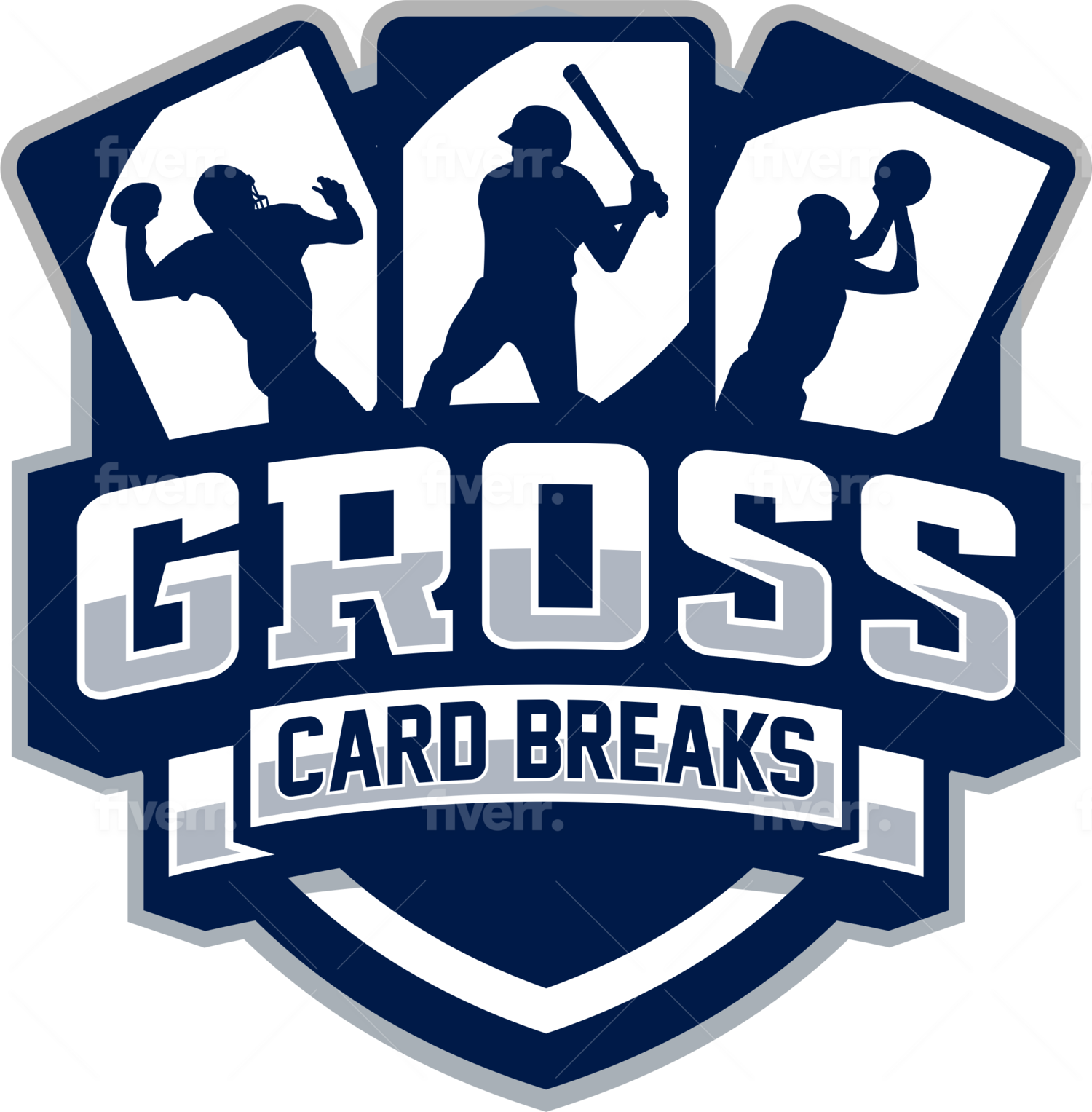How Has Sports Card Collecting Changed Since We Were Kids?
The sports card hobby has changed dramatically since the 1970s and 1980s. In those days, collecting was a more casual affair. Kids would buy packs of cards at the corner store for 20-40 cents per pack and trade our doubles with our friends. I have fond memories of “flipping” cards during lunch break in middle school to grow my collection. This obviously wasn’t good for the condition of your cards, as your cards spun in the air and landed on the hard ground face up or face down! I remember writing a book report on my favorite baseball player, Reggie Jackson, and taping his 1978 baseball card to a page in the report! But we didn’t care - our focus was on having fun and building a collection of our favorite players.
The hobby of collecting sports cards is much more complex now. Cards are now graded by professional grading agencies like PSA and Beckett that evaluate the condition of cards and assign conditional values to them. Additionally, with card collectors from all around the world trading and purchasing cards online, the hobby has also become more international.
In the 1970s and 1980s, most sports cards were not worth very much, except for just a handful of cards like the mythical T206 Honus Wagner. However, in recent years, the value of some cards has skyrocketed. Collectors are prepared to pay top dollar for rare and high-grade cards. This is due to several factors, including the rise of the internet, the popularity of fantasy sports, the limited print runs and numbering on cards, autographs and patches embedded on cards, and the increasing wealth of collectors.
The development of the internet has brought about some significant developments in the sports card pastime. In the past, collectors had to rely on word-of-mouth or hobby shops to find cards, and to find card values, they had to find a Beckett Price Guide to tell you what your cards were worth. Ebay, Facebook, Instagram, and other websites didn’t exist. Today, they can buy and sell cards or look up card values online with just a few clicks of a button. This has made it easier for collectors to find the cards they want and to build their collections more quickly.
Card breaks are another corner of the hobby that didn’t exist back in the day. This allows a collector to spend much less to acquire cards that they personally collect, like a specific player or team. Card breaks greatly reduce the inherent risk of buying wax packs and boxes and not getting any cards they wanted for their collection.
The rise in the value of sports cards has made the hobby more attractive to investors. Some investors buy cards with the hope of selling them for a profit in the future. Others buy cards to build a collection that they can pass down to their children or grandchildren. The hobby has changed quite a bit since the 1970s and 1980s, but its core appeal remains the same: the thrill of the hunt and the joy of collecting.





